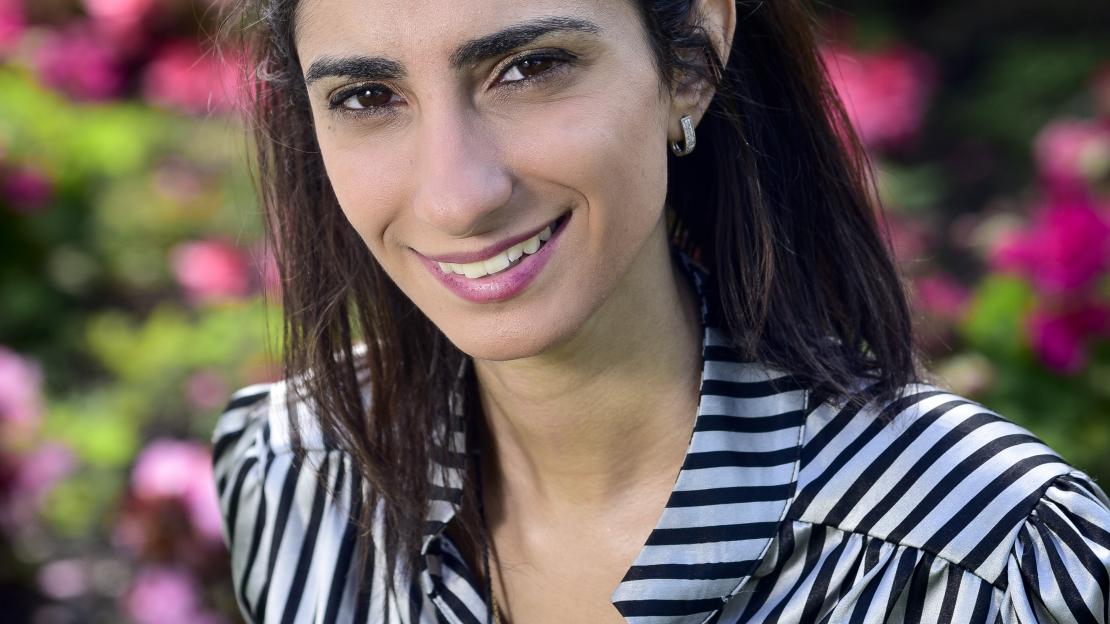In the aftermath of the Egyptian revolution of 2011 — which was part of what’s called the Arab Spring — Mary Makarious wanted to get a sense of how people were doing.
The fourth-year Psychology student had already written a 100-page paper based on the frustrations of six Cairo residents. Then in 2016, she went back to Egypt to do research on resiliency. When she approached people with her questionnaire, she was greeted with suspicion.
“Talking about resiliency was hard because people don’t talk about their feelings a lot.”
By being careful she was able to make progress, even though many didn’t understand what she was getting at. “Talking about resiliency was hard because people don’t talk about their feelings a lot,” Markarious says. Still, she ended up with notes from more than 50 interviews and 150 completed questionnaires.
For an undergrad, that’s some impressive research. And Markarious, who conducted her research under the supervision of Psychology Professor Gerald Cupchik, also volunteers at both the Toronto Distress Centre and the Canadian Centre for Victims of Torture, and is a research assistant in Professor Marc Fournier’s Social Ecology Lab.
“I love psychology, and I love listening to people,” she says. An Egyptian herself, she plans to work towards a PhD, and dreams of returning to her homeland to open a centre for psychotherapy and resiliency.“We could easily do it,” says Markarious. “The people there have inspired me so much. They’re very strong and have a lot of courage.”
